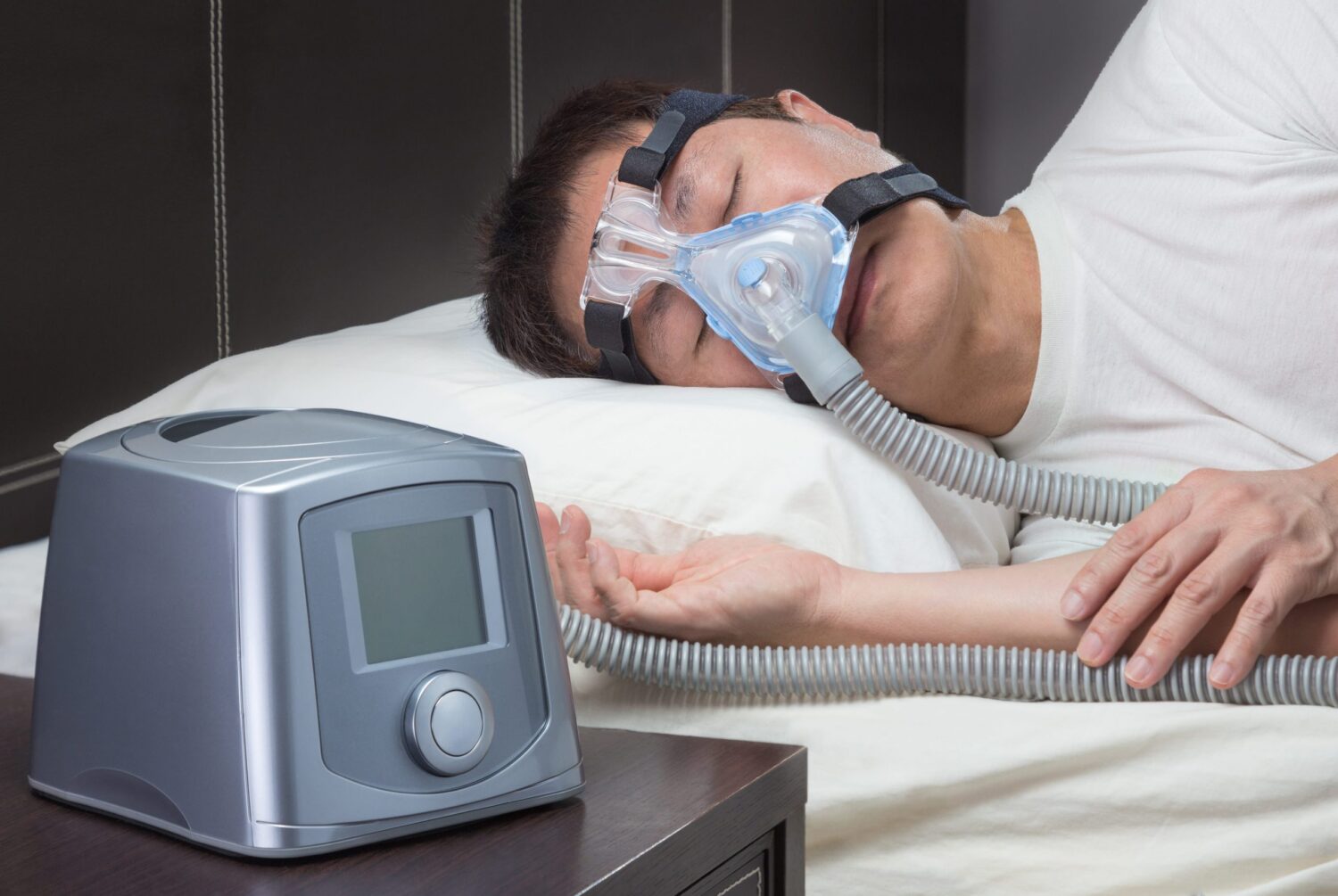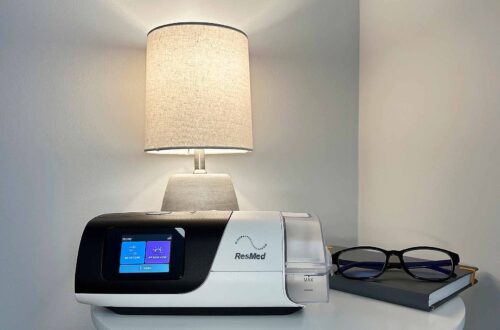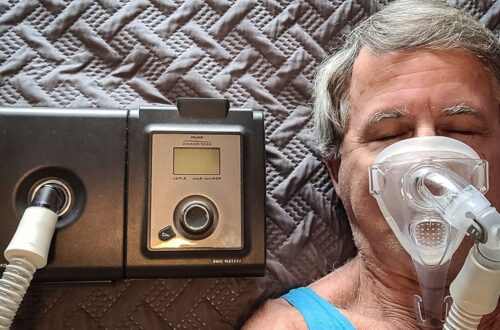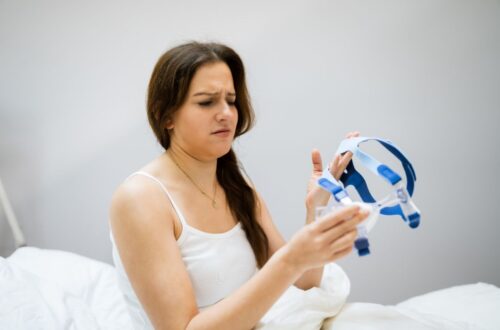
Utilizing your CPAP machines to the fullest
Beginning CPAP therapy can be both exciting and intimidating. CPAP devices are used to treat obstructive sleep apnea and are not complex to use or maintain. To get the most out of your new device, here are a few tips: ensure you have the right CPAP mask (nasal pillow, full face, or nasal masks are the most common), adjust the air pressure to the recommended setting, and keep your CPAP device clean. CPAP direct, CPAP Australia and CPAP treatment are all resources to help you get the most out of your CPAP machine.
Use it every night
To treat sleep apnea, CPAP (Continuous Positive Airway Pressure) machines are the most effective solution. It is important to use the CPAP machines online every night to achieve the best results, as skipping a night can lead to a loss of rest. Portable CPAP machines have become increasingly popular for those who often travel and are just as functional as regular machines. Additionally, buying most CPAP masks, such as nasal pillow masks and nasal masks, from CPAP Direct or CPAP Australia will provide the necessary air pressure for CPAP therapy and CPAP treatment.
Keep Your Device Clean
Maintaining your CPAP (Continuous Positive Airway Pressure) machine is essential for treating Obstructive Sleep Apnea and enjoying the benefits of CPAP therapy. Regular cleaning and maintenance will ensure your CPAP machine functions to its full potential and has a longer lifetime. When cleaning your CPAP device, be sure to clean the mask, the filter, the tubing, and the reservoir of the humidifier. When necessary, replace your CPAP mask with one of the most popular CPAP masks, such as a nasal pillow mask or a nasal mask. CPAP Australia offers a wide range of CPAP masks, as well as CPAP machines, pressure machines, and CPAP treatment accessories at CPAP Direct.

Here, you may read additional information about CPAP maintenance and cleaning.
Put your mask on properly.
When you are diagnosed with sleep apnea, a common treatment is to use a CPAP machine. However, one of the most prevalent issues that new CPAP users have is a mask that doesn’t fit properly. This can cause air leakage, which can reduce the therapeutic effect, as well as leave your face and eyes irritated all night. To make sure your mask is the right fit for you, it should cover your nose and mouth without putting pressure on your face.
If the mask is still too uncomfortable, try a different style. You should also make sure your machine is in the correct settings, such as the pressure and sleep position. For those who need two pressure settings, a BiPAP or APAP machine may be more suitable. A good night’s sleep is possible with the right CPAP machine, and speaking to a sleep doctor can help you find the right settings and machine for your needs. You can also read about Certain Philips Respironics Masks for BiPAP by clicking here.
Reasons why most people don’t use their CPAP machines
It is normal that getting used to using CPAP machines takes some getting used to. Most people find it difficult to maintain regular utilization of the equipment due to the price and inconvenience, but you are not alone. The following list of reasons for not utilizing CPAP machines is followed by solutions:
1. Cost
If you have been diagnosed with sleep apnea, a common treatment is to use a CPAP machine. You have two options to select the right CPAP machine: rent from a medical equipment company or purchase your own. Most insurance companies cover the costs, which can be helpful for those who worry about the price. If your insurance provider pays up to 80% of the cost, you may only need to pay between $100-200 out of pocket.

Be sure to contact your insurance provider to find out what coverage your deductible covers. If you can’t buy a CPAP machine right away, you may consider renting one until you can. Generally, CPAP machines have one or two pressure settings. If you have trouble with skin irritation, you might need a Bilevel or BiPAP machine, which has two pressure settings (a lower pressure for inhalation and a higher pressure for exhalation). With the right CPAP machine, you can get a good night’s sleep and the right pressure settings to benefit your sleep doctor’s treatment plan.
Adult asthma, type II diabetes, and cardiovascular disease are other sleep apnea side effects that might increase your healthcare costs. average annual cost per person
- Cardiovascular disease costs $18,953
- Type II diabetes – $13,700
- Adult asthma: $9,127
2. Discomfort
If you have been diagnosed with sleep apnea, a common treatment is to use a CPAP machine. Finding the right CPAP machine for you is important if you want to get a good night’s sleep. Speak with your doctor or the business that supplies your CPAP machine if you have tried sleeping with a face mask on and had no luck. They could let you browse for alternative mask designs or provide advice on how to properly adjust the pressure settings for a better fit.

There are many various types of CPAP machines, including BiPAP and APAP machines, which offer two pressure settings, and a new CPAP machine with one pressure setting. It is also important to consider your sleep position and any potential skin irritation. The newest CPAP machines on the market are lighter and more portable than those from even a few years ago.
3. Noise
CPAP machines are a great treatment for sleep apnea, and they are much smaller than one might think. The higher-pressure air they provide helps keep a person’s airway open during sleep, and the adjustable straps on the mask and breathing machine ensure a comfortable fit. Newer models are even quieter, so if you own an older one, consider making the switch for a more peaceful sleep. Additionally, it is important to make sure the air filter is clean and clear, and you can always have your doctor check the machine to make sure it is working properly. CPAP machines are a great way to treat apnea and snoring and are essential for any sleep therapy.
4. Restless night
Many CPAP users have difficulty relaxing and sleeping due to the continuous positive airway pressure (CPAP) machine’s forced air pressure. Fortunately, CPAP machines come with a “ramp” setting that helps users fall asleep. This setting starts at a very low-pressure level and gradually increases over time. In addition, a CPAP device with a humidifier can help reduce dryness in the air, improving the overall quality and comfort of CPAP therapy for sleep apnea.

CPAP machines and CPAP masks, such as the nasal pillow mask or the nasal mask, are available in Australia through CPAP Direct, and most CPAP masks are designed to help CPAP users with obstructive sleep apnea.
5. Fear of Small Spaces
Continuous Positive Airway Pressure (CPAP) machines are used to treat obstructive sleep apnea and are a common form of CPAP therapy in Australia. CPAP machines use air pressure to keep the airways open. The most common CPAP masks are nasal pillow masks, nasal masks, and full-face masks. CPAP Direct provides a guide and size chart for people to find the right CPAP device for them. On occasion, individuals experience anxiety while using CPAP machines for the first time. Keep in mind that the device is meant to help you and improve your quality of life. To help overcome this anxiety, wear the mask while conscious and try out several relaxation methods while wearing the mask. You may also feel better if the size or form of the mask is altered.
6. Pressure Stains or Skin Abrasions
If you find that using your CPAP machine has made your skin swollen and red, there are a few easy solutions you may try. Be sure to clean your pads often and check to see if they are old or worn out. To ensure a good fit when choosing a mask, it is essential to measure yourself using a size chart. If you have an unusually unpleasant reaction on your first night, it is recommended that you see a doctor.
7. CPAP Machines: Effective Cleaning Procedures
Continuous Positive Airway Pressure (CPAP) machines are essential for those suffering from Obstructive Sleep Apnea (OSA). To keep your CPAP machine in top condition, it is important to follow effective cleaning procedures. Take the mask, tubing, and headpiece to the shower once a week and give it a quick wash with some dish soap. Hang it out to dry over the showerhead later that night when you remember to properly attach it.
8. Accidental Removal When You’re Asleep
You often wake up in the middle of the night realizing you have removed your CPAP mask. This is typically due to a lot of movement while you sleep or because your nose is congested. Increasing humidity may help keep the nasal airway open, and if this doesn’t work, a chin strap could be utilized to fix the problem. If you often wake up without a mask, it may be beneficial to set a midnight alarm to make sure it is still firmly secured.
9. A stuffy or dry nose and mouth
If you have a continuous positive airway pressure (CPAP) device, the first and easiest method to prevent dry mouth and nose is to verify whether your CPAP machine has a heated humidifier. Increasing the humidifier’s temperature will help keep the nasal passages wet and open. If not, consider purchasing a CPAP machine with a heated humidifier, as this is an effective way to treat sleep apnea, which is a common symptom of obstructive sleep apnea. Other options include buying a nasal saline spray and checking your CPAP mask for leaks. Most CPAP masks, such as a nasal, nasal pillow, and full face masks, available from CPAP Direct and CPAP Australia, are designed to provide an effective CPAP treatment, but a leaky mask can also often result in dry mouth and nose.
Must Read:
- Choosing a CPAP Mask for Your Sleeping Position: Tips and Considerations
- Maximising Comfort: Strategies for Reducing CPAP Mask Discomfort
- Precision and Clarity: Navigating the World of LASIK Vision Correction
- The Ultimate Guide to CPAP Machines: Choosing the Best for You
- Buy CPAP Machines Online in Australia: Your Path to Better Sleep





